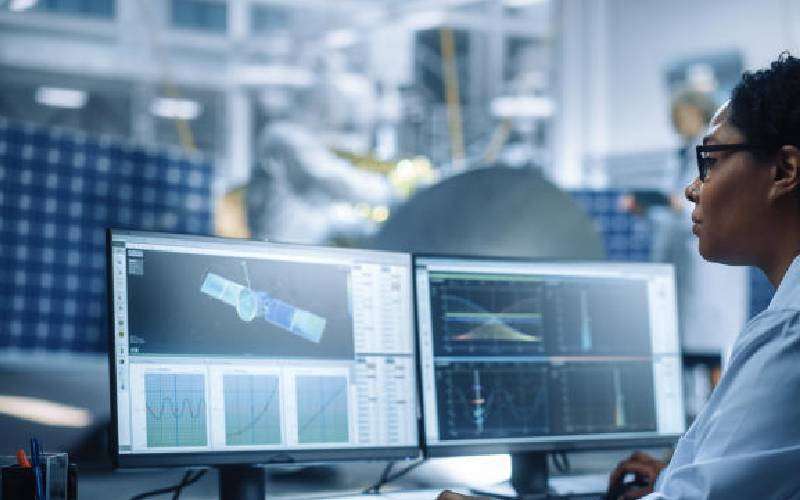×
The Standard e-Paper
Stay Informed, Even Offline

Organisations are now faced with the extremely difficult task of attempting to protect their expanded digital estate from increasing cyber threats.
The cloud and a mobile workforce have expanded the boundaries of your estate beyond the physical network. Your data, users, and systems are everywhere; a good example would be during the Covid period, which established a precedent for embracing remote work across industries.